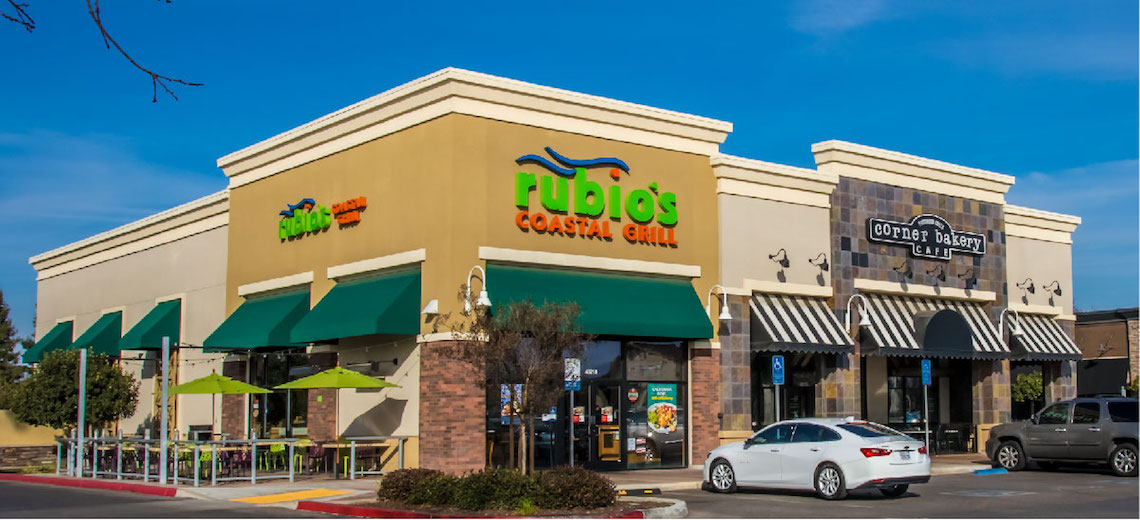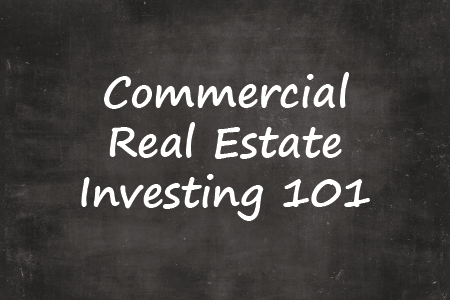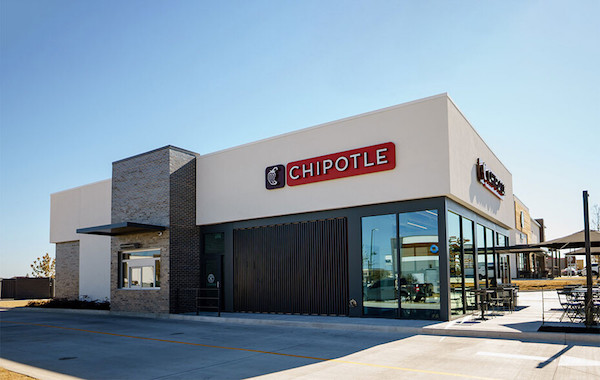
Any property, whether it’s commercial or residential, can be a good investment opportunity.
Written by John Kourafas CCIM
Real estate is an attractive, and often preferred, investment alternative in a volatile market. Any property, whether it’s commercial or residential, can be a good investment opportunity. Dollar for dollar, commercial properties typically offer more financial reward than residential properties, but inherently carry more risk.
When investing in commercial real estate, it’s important for you to determine your investment goals and risk tolerance before acquiring a property. Do you want to produce a steady stream of cash flow, capital diversification, long-term retirement plannings — or something else? Your aptitude of risk may shift based on your goal. At Visintainer Group, we work closely with our clients, so they understand the fundamental principles and risk of commercial real estate, enabling them to reach investment goals within their own comfort level.
Investors are faced with many options, but by using a financial objective as the foundation, the strategy can be easily determined. Below is an overview of single tenant and multi-tenant benefits and risks, so you can start thinking of what best aligns with your goals.

Single Tenant Investment
A single tenant property is exactly what it sounds like; it’s a property that is fully occupied by one tenant. Single tenant buildings are commonly occupied by national credit rated tenants with corporate-backed triple net leases, such as Starbucks, McDonald’s, Chick-Fil-A, Walgreens, AutoZone, Dutch Brother’s and 7-Eleven, just to name a few. Owners of single tenant buildings are collecting monthly rent checks from these corporations. The single tenant market features various investment sectors that are essential including: medical, QSR (Quick Serve Restaurants), auto, drug, gas, grocery and more.
In today’s market, and depending on geographic location, a single tenant investment property with a solid national tenant can range in price from $1.5 million to upwards of $10 million dollars with a typical capitalization rate (CAP Rate) between 3.50%-5.50% (CAP rate = net income ÷ purchase price). For example, on a $1.5 million deal, a 3.50% cap rate would generate $52,500 of net income. Generally, the lower your CAP Rate is on your investment, the less risk you have with tenant credit, remaining lease term, ownership involvement and location.
Benefits:
- — Long-term leases (typically 10–20-year term)
- — Predictability with income and returns
- — National credit tenants with corporate backed leases
- — Minimal to no landlord responsibility
- — Long-term passive income
- — High liquidity
Risks:
- — Often the lowest returns in the market (3.50%-5.50%)
- — High price per square foot and sometimes irreplaceable rent rates
- — Diminishing property value as lease term reduces
- — All or nothing occupancy
- — High costs to fill vacancy if tenant leaves

Multi-Tenant Investment
Multi-tenant investments differ in a myriad of ways from single tenant assets. They can offer investors attractive returns but come with greater risk and landlord involvement. A multi-tenant building can have as few as two tenants or greater than twenty. Multi-tenant properties allow, or may require, owners to have a greater amount of control over the day-to-day decisions of management, expenses, negotiations, and lease terms involved with the investment. Depending on variables such as location, tenants and lease terms, multi-tenant pricing can start as low as $1 million. There is really no limit as to how much you can invest, depending on the property’s Net Operating Income (NOI).
Benefits:
- — Offer higher returns than single tenant investments (5.00%-7.00% Cap Rate on average)
- — Diversified tenant mix and income
- — Versatile spaces that new tenants can fill or re-purpose
- — Staggered lease expirations
- — Greater control to increase rents and return on investment
Risks:
- — High operational costs and fees (property management, repairs and maintenance, leasing commissions, tenant Improvements)
- — Greater landlord involvement
- — Shorter lease terms (usually 3–5-year terms and sometimes month-to-month)
- — Higher risk of vacancy
- — Ongoing lease negotiations and renewals
- — Weaker tenant strength (franchisees, independent operators)
- — May require additional capital investments (renovations, building replacements, property updating)
- — Competitive leasing
- — Complex accounting
What’s Best for You
In comparison, single tenant and multi-tenant investments offer a variety of pros and cons to an investor. Determining your goal and risk tolerance will allow you to decide which is the best fit for your current financial state and lifestyle. If you are seeking passive income for retirement and diversification, then investing in single tenant might be the best fit for you. If your risk tolerance is higher and your goal is to generate wealth, then multi-tenant might be a better option.
Consult with an Investment Professional
When investing in commercial real estate, it’s crucial to have a solid acquisition strategy in place before deploying your capital. At the Visintainer Group, we carefully analyze each client’s situation, risk tolerance, and objectives to develop a custom strategy tailored for their needs. Whether it’s purchasing your first commercial investment or adding to your portfolio, our proven track record and market knowledge ensures that clients are investing in the property that best aligns with their objectives, not ours.

John Kourafas, CCIM, is a Commercial Investment Advisor with the Visintainer Group in Fresno, CA. Formed in 2018 and built on a foundation of investment real estate, the Visintainer Group is a client-first commercial real estate firm. The Group has executed over $500 million in transactions across the United States. John specializes in commercial property acquisitions and dispositions for owners in the Central Valley, Sacramento, and Central Coast markets. He can be reached at 559.890.0419 or john@visintainergroup.com.








